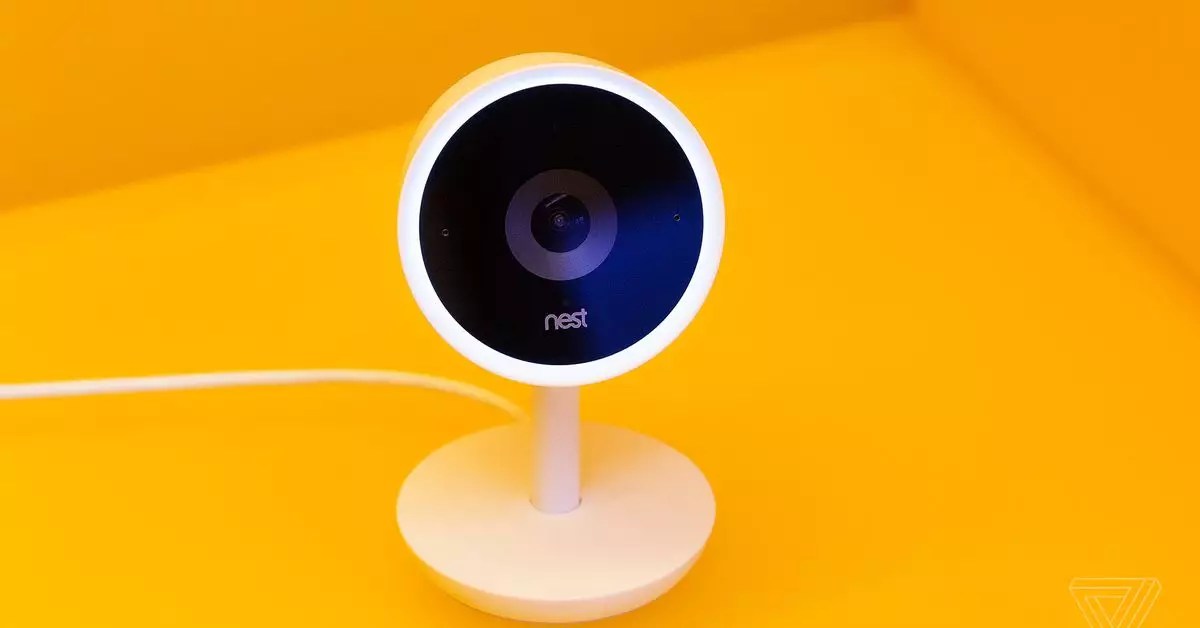In recent years, smart home technology has grown exponentially, binding users to a plethora of management apps. Among these, Google is now unifying its Nest camera line-up—originally divided between the Nest app and Google Home. This integration not only simplifies user experience but also signifies an evolution in the management of smart security systems. In this article, we examine Google’s latest initiative to manage Nest Cam IQ cameras within the Home app, focusing on the advantages this transition brings and the potential limitations involved.
For Google users who own Nest Cam IQ indoor and outdoor cameras, the recent public preview announcement heralds a significant change. Previously, camera management required users to juggle between the Nest app and Google Home. Now, with the centralization of features, users can access all Nest cameras—dating back to models released in 2015—from a single platform. This move aims to enhance usability with functionalities like video history viewing and real-time monitoring directly through the Home app, ultimately eliminating the need for constant app switching.
By consolidating camera controls into one application, Google not only enhances the user experience but also reinforces its commitment to smart home ecosystems, enabling users to craft seamless automations and access favorite camera feeds more effortlessly than before.
Google’s rollout of the public preview is designed for those eager to experience the upgraded management features ahead of full release. Users interested in transferring their Nest cameras to the Home app can easily enroll via prompts within either app. Importantly, the flexibility to revert back to the Nest app ensures that users maintain control and can adapt to their preferences as they explore the new interface.
This thoughtful approach to user transition demonstrates Google’s understanding of varied user needs, allowing for a more personalized experience. This shift is particularly relevant for households where managing home security is a priority; they will now benefit from streamlined access to their surveillance systems.
Despite this significant update, it is essential to recognize that the Nest app retains its own set of functions that remain absent in the Home app. While users can foreseeably manage most of their devices through Google Home, critical functions like the Nest Protect smoke detector and the Nest x Yale door lock still require the Nest app. Google’s assurance of continued support for these services suggests a cautious approach in transitioning to a unified platform without compromising functionality for all users.
Moreover, while Nest Hub Max devices can be integrated into the Home app, the decision to lock these devices out from returning to the Nest app raises questions about the balance between consolidation and operational flexibility.
Google’s ongoing efforts to streamline the management of its nest camera systems signify a promising trend in smart home technology. By moving toward a more cohesive interface, Google enhances user convenience while still navigating the delicate balance between integration and specialized application functionality. As this public preview evolves into a full-scale rollout, users will likely see further enhancements that solidify Google’s position in the smart home landscape. With potential challenges remaining, such as retaining the optimal features of the Nest app, the journey toward a fully integrated home management system continues.


Leave a Reply